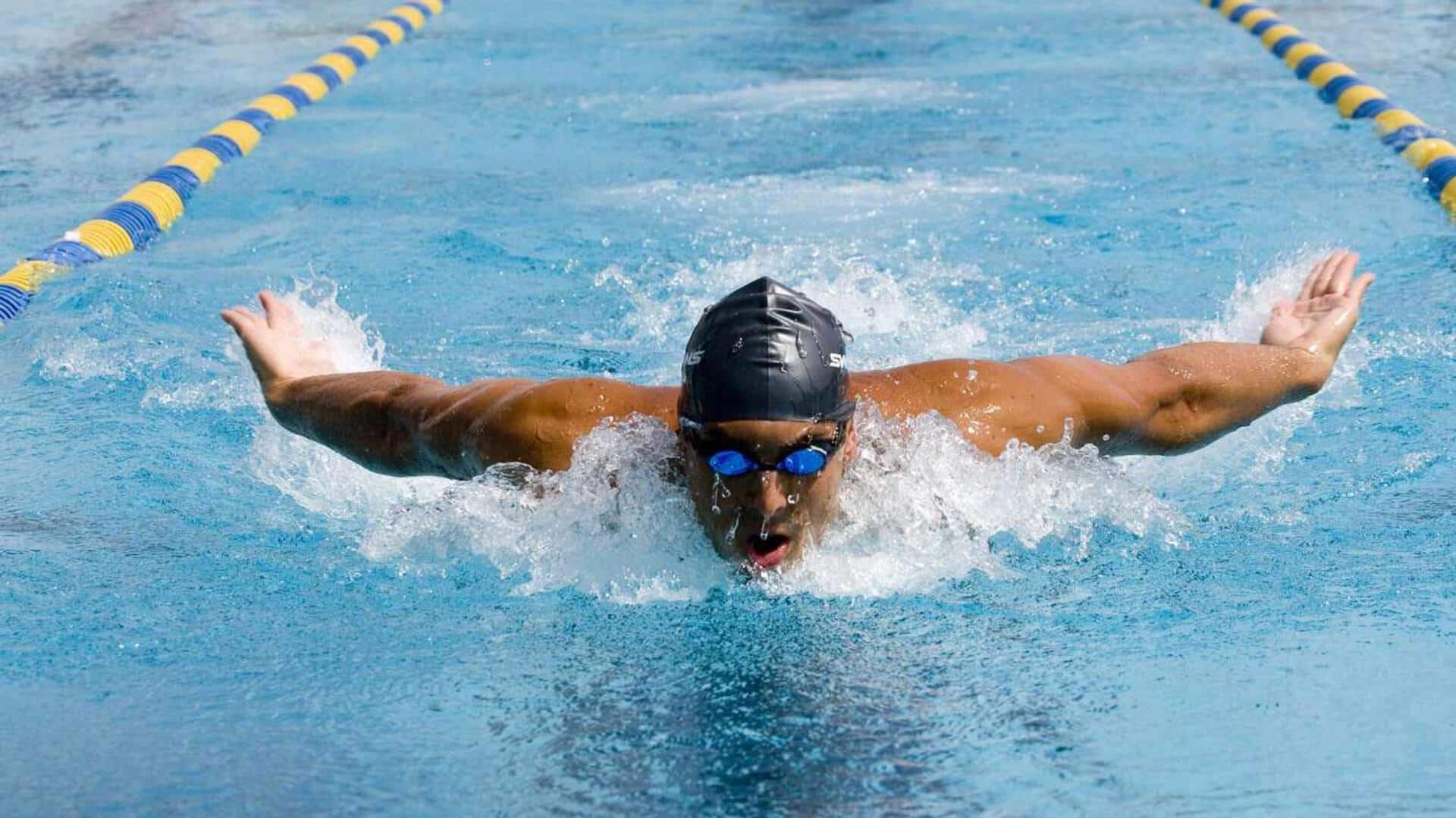
Swimming v/s jogging: Which is better for your heart health?
What's the story
Swimming and jogging are two of the most popular cardiovascular exercises, both offering unique benefits for heart health. While swimming is a low-impact, full-body workout, jogging is a high-impact exercise that primarily targets the lower body. Both activities can improve cardiovascular fitness, but they do so in different ways. Knowing these differences can help you choose the right exercise for your heart health goals.
Heart rate
Impact on heart rate
Both swimming and jogging are effective at increasing heart rate, but the impact varies. Swimming often leads to a more consistent heart rate due to the controlled breathing required in water. Jogging usually results in more fluctuations in heart rate because of varying terrain and pace changes. This consistency in swimming can be beneficial for those looking to maintain steady cardiovascular activity.
Caloric burn
Caloric burn comparison
When it comes to burning calories, both swimming and jogging are effective, albeit differently. Swimming can burn anywhere between 400 to 600 calories per hour depending on the intensity and style. Jogging usually burns around 300 to 500 calories per hour at a moderate pace. The choice between the two may depend on your caloric burn goals.
Joint impact
Joint impact considerations
One of the biggest advantages of swimming over jogging is that it's easier on your joints. Since swimming is low-impact, it poses less risk of joint strain or injury, making it ideal for people with arthritis or recovering from injuries. On the other hand, jogging is high-impact and can put a lot of stress on knees and ankles over time.
Muscle engagement
Muscle engagement differences
Swimming engages multiple muscle groups at once, giving you a full-body workout that builds strength and endurance over time. It works out your arms, shoulders, back, core, and legs simultaneously. Jogging mainly works out the lower body muscles like calves, thighs, and glutes while improving aerobic capacity.